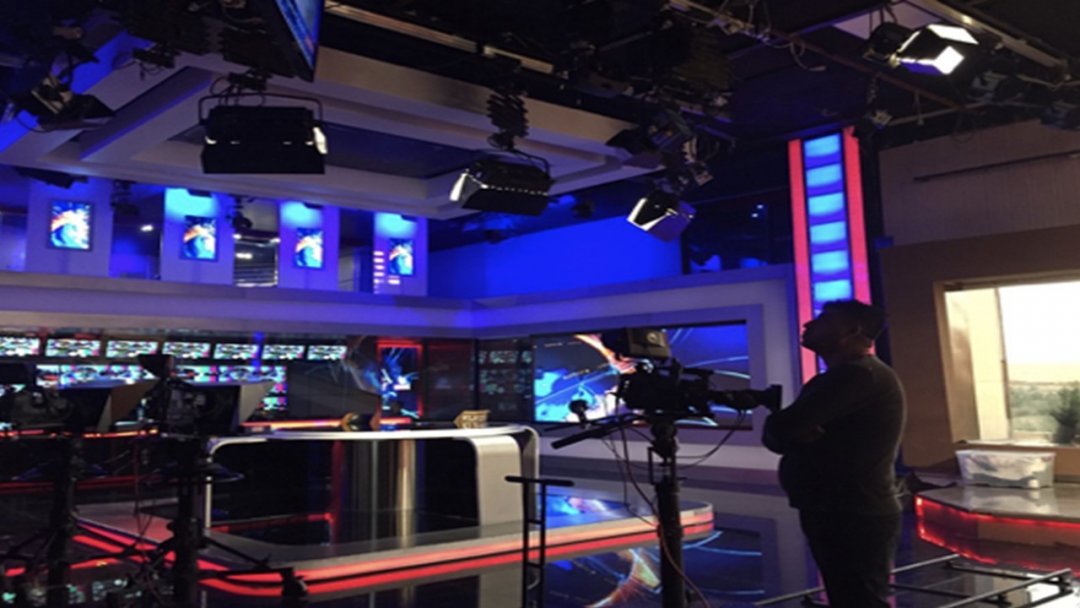The recent turn of events in Afghanistan have left my collaborators and me thinking a lot about risk lately related to development and research work in conflict and post-conflict zones and narrowing or restricted spaces. Some years back my colleagues and I were involved with a partnership with faculty members at Nangarhar University in Afghanistan that included assisting with developing a journalism program there in collaboration with the Institute for War and Peace Reporting.
We later worked with a research assistant in the country to study the influence of ‘media development’ there in what many would describe as the democratic media model introduced after the 2001 fall of the Taliban, under whose rule there was no independent media. Our 2015 study followed nearly a decade and a half of more than a hundred million dollars in external government funding of infrastructure for media and the training of thousands of Afghan journalists. Among the purposive sample of journalists whom we interviewed, most of the perpetrators of violence against them were government employees, usually police, military and security forces, with the Taliban as a close second. Even then, we heard about beheadings of those in the profession outside of the capital, journalists witnessing stoning and not being able to report it out, and those facing hundreds of threats.
Those of us familiar with the context of Afghanistan have known media work in the country has been a risk for some time. However, more recently we are thinking about the artifacts of that work. My research partner, Maggy Zanger, recently mentioned that in the years when media development in the country was in full swing, there was great enthusiasm for using certain ubiquitous social media platforms. Just this year, though, she pointed out the recent race to attempt to remove those digital footprints, which often is not easy. Though pluralistic news media has been heralded as a major accomplishment in Afghanistan in the years of the U.S. occupation, there is one factor that we are thinking about more than ever: the extreme risk for journalists.

Field research at news outlet in Iraq Kurdistan in 2016.
Elsewhere, in another large-scale media development project in Iraq, more than a half a billion dollars was spent by the U.S. on the infrastructure for media and training of thousands more journalists there in elections coverage, investigative reporting, tackling disinformation and myriad specialty areas. After some two decades of this media development work, we found in our research that even in the frequently described more peaceful areas of Iraq, in Kurdistan, two major parties editorially and financially largely controlled a large number of outlets there, some with lavish offices known as ‘shadow media,’ affiliated indirectly or directly with political party members.
It is there that we heard about journalists being recruited into these jobs because they can earn more than at scrappy start-up outlets. For some of those who resist, there are a host of intimidation tactics that range from physical attacks to disinformation campaigns against women to damage reputations. The worst price to pay, of course, is death, which is the ultimate in silencing. According to the Committee to Protect Journalists, 189 journalists have been killed in Iraq since 2003, the first year of the U.S. occupation there. Projects to develop news media there followed. Again, there is great risk for this profession in conflict and post-conflict environments and in narrowing spaces for political and civil liberties. The risks for researchers are far lower, for many have the privilege of being able to leave challenging contexts when the work is completed. Yet certainly hard drives, thumb drives, cloud accounts and mobile and other devices carry information that put communities of people staying in the country at risk.
Now, my colleagues along with our partners are getting ready for an online partnership with professors and students at four universities in Yemen, which has been impacted by a civil war since 2014. Our partners in Yemen have expressed to us how they would like for their country to be known for so much more than the conflict and humanitarian crisis. They have expressed that some of the language in outside news coverage about the context there has been inaccurate and has thus placed individuals and families at risk. We are eager to launch this upcoming exchange and at the same time we are more cognizant than ever of risk for our partners. When we filled out the risk matrix for the project sponsor, we applauded the approach, “grantees must adhere to a Do No Harm approach as the safety and security of participants, staff, and partners are of the utmost importance.”
Many of us are more mindful than ever of digital risk, project partner safety and security, issues for those with traumatic exposure or secondary (‘vicarious’) trauma exposure and associated risks and the importance of the psychological well-being and health of our partners. As the world has become a more treacherous place for first responders of all types and sometimes those studying this occupational work, a world of tools has emerged, fortunately, to train up on digital security, physical awareness and taking care at the psychosocial level. Toolkits, webinars and other free learning programs have emerged to address disinformation, to counter online hate speech and to build emotional intelligence, all necessary to not only stay safe and secure in the moment but to plan in the best way possible for the future. For our decisions in the field –– whether outreach or research –– may have consequences for decades to come.


